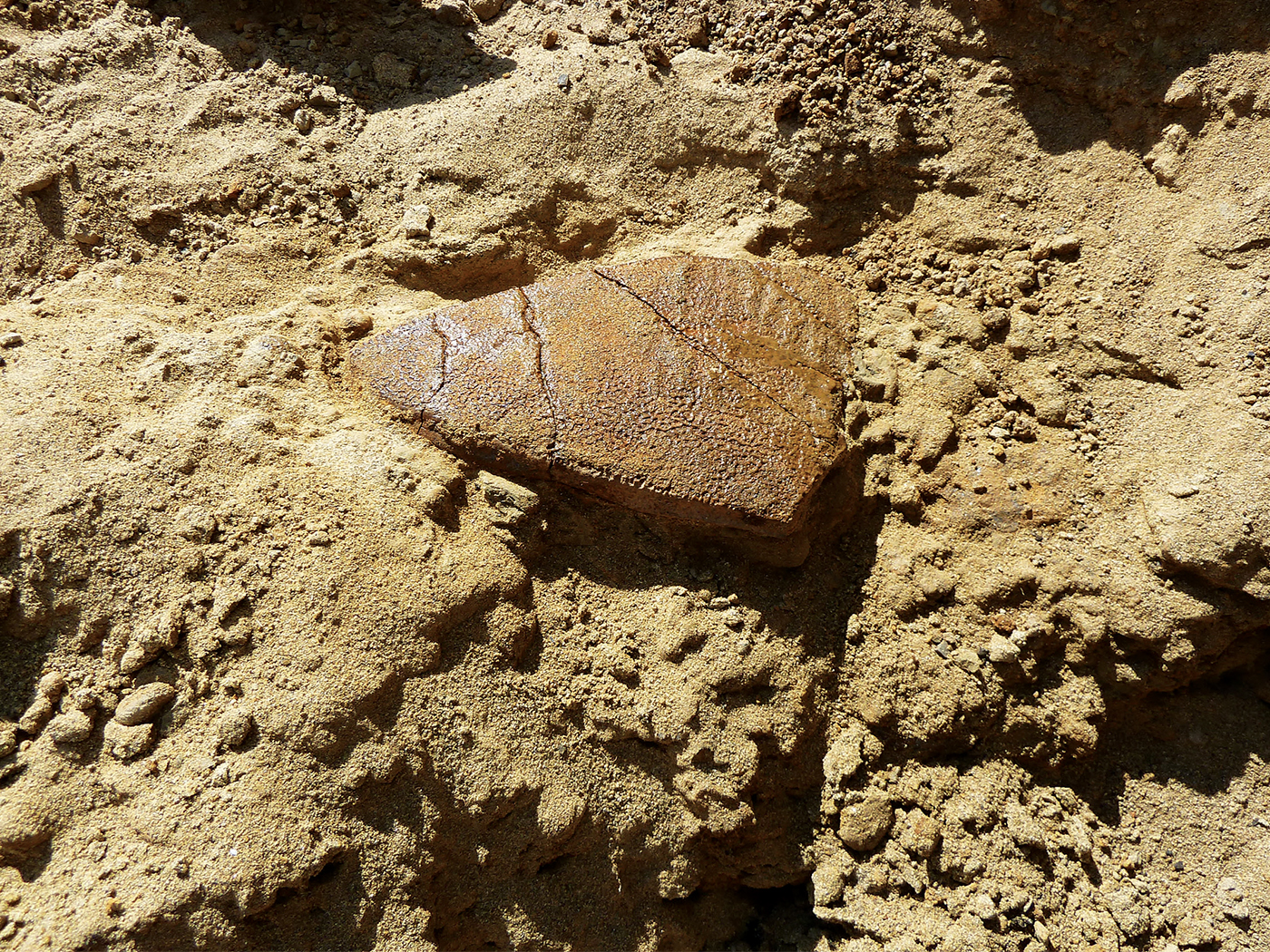Let’s say you recorded a library of books onto DNA. Hundreds of books could fit on your fingertip, but how would you find the one book you wanted?
As it stands, digital data occupy hard drives stacked in stadium-sized exabyte data centers that cost a billion dollars to build and run. DNA appeals as a more stable and, someday, cheaper data storage vehicle, excepting one important hurdle: how to retrieve that needle in a DNA stack.
In an ingenious feat, researchers from MIT and NC State crafted a way to organize and retrieve DNA—the most information-dense data storage medium in the universe. And their feat leads us to ask how countless plant and animal cells silently and effortlessly retrieve just the right information like these researchers did. It’s easier to appreciate technical solutions when one tries to reengineer them.
Publishing in Nature Materials,1 senior author and MIT biological engineer Mark Bathe led a team that encapsulated DNA data files “into a 6-micrometer particle of silica.”2 They then added DNA tags to identify each file, like barcodes on supermarket products.
Their proof-of-concept file retrieval system works differently—and much more crudely—than the complicated data call-up protocols that living cells use. Cell systems can put files in deep storage, pull out just the right files at the right time and in the right tissues during embryonic development or in response to important needs, extract files repeatedly and automatically, and position its most-often used DNA nearest the cell’s DNA-reading machines—just for starters.3
It’s like each cell uses a suite of miniaturized robot librarians who never cease their choreography. If it took ingenious engineering to make tiny-yet-simple silica particle organizers, what about the far superior engineering that went into cells?
Thoughts along these lines can change minds. For example, Marcos Eberlin, who added his name to 1,000 others who signed a Dissent from Darwinism, told the Discovery Institute, “As a biochemist I became skeptical about Darwinism when I was confronted with the extreme intricacy of the genetic code and its many most intelligent strategies to code, decode, and protect its information.”4
We can do more than merely doubt Darwinism in light of the extreme superiority of cellular as opposed to man-made DNA data retrieval systems. The newfound clarity offers a fresh reason to credit and praise the Lord Jesus Christ, who is “upholding all things by the word of His power” (Hebrews 1:3).
References
1. Banal, J.L., et al. 2021. Random access DNA memory using Boolean search in an archival file storage system. Nature Materials.
2. Trafton, A. Could all your digital photos be stored as DNA? MIT News. Posted on news.mit.edu June 10, 2021, accessed June 10, 2021.
3. Thomas, B. 2010. Cell systems—what’s under the hood continues to drop jaws. Journal of Creation. 24(2): 13-15.
4. Skepticism About Darwinian Evolution Grows as 1,000+ Scientists Share Their Doubts. Evolution News. Posted on evolutionnews.org February 4, 2019, accessed July 14, 2021.
*Dr. Brian Thomas is a Research Associate at the Institute for Creation Research and earned his Ph.D. in paleobiochemistry from the University of Liverpool.
Latest DNA Tech Still Light-Years Behind
The Latest
The Lord Jesus: The Gift of Christmas
“Therefore God also has highly exalted Him and given Him the name which is above every name, that at the name of Jesus every knee should bow,...
Garments for the King
“All thy garments smell of myrrh, and aloes, and cassia, out of the ivory palaces, whereby they have made thee glad.” (Psalm 45:8)
One...
Bold Claim, Hidden Design: What Salterella Reveals About Early...
What if a fossil no bigger than a grain of rice showed engineering so precise that it still puzzles scientists? That is the intrigue surrounding Salterella,...
CREATION PODCAST
Black Holes are BREAKING the Big Bang! | The Creation Podcast:...
Space is full of some of the strangest and most breath-taking objects in existence. Among them, black holes sit right at the top of the list. They're...
Where Did Most of Earth's Species Come From?
Evolutionary naturalism is locked into seeing the entire living world as having evolved from a single common ancestor many millions of years ago.1...
A Molecular Snowmobile
People following—or actively involved in—creation science are no doubt aware of the incredible molecular motor called the flagellum,1,2...
Rhino Fossil Requires the "Impossible" from Conventional...
A recent study published in Nature Ecology & Evolution claims that the “impossible” actually happened—not just once, but three...
December 2025 ICR Wallpaper
"Come now, and let us reason together," Says the LORD, "Though your sins are like scarlet, They shall be as white as snow; Though they...
The Bipedal Two-Step of Human Evolution
The supposed evolution of bipedalism continues to be a major obstacle in the narrative that humans evolved from apelike ancestors.1,2
For...
CREATION PODCAST
The James Webb Space Telescope vs The Big Bang | The Creation...
When you look into the night sky, you’re seeing light that has traveled incredible distances to reach you. For centuries, astronomers have used telescopes...
















